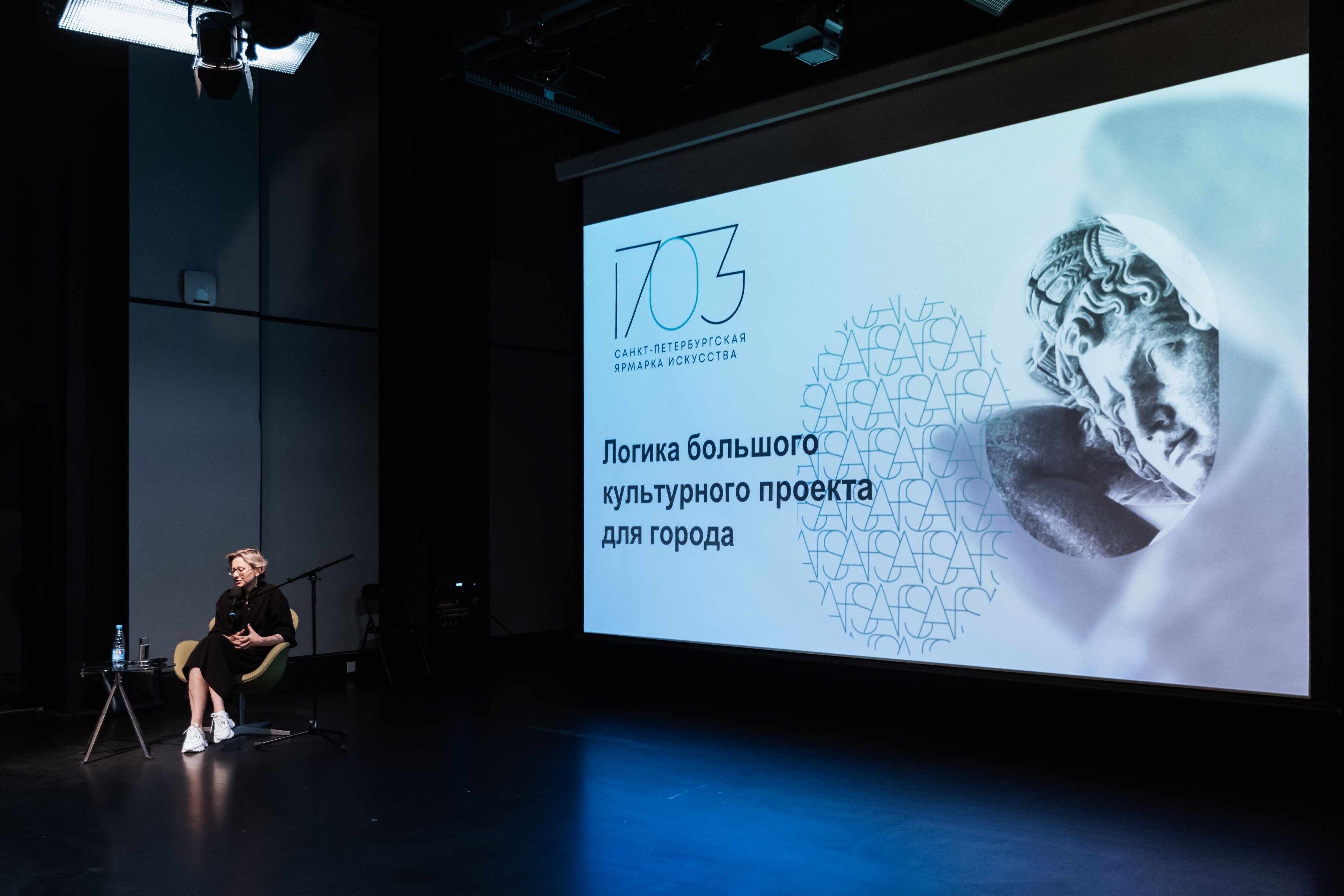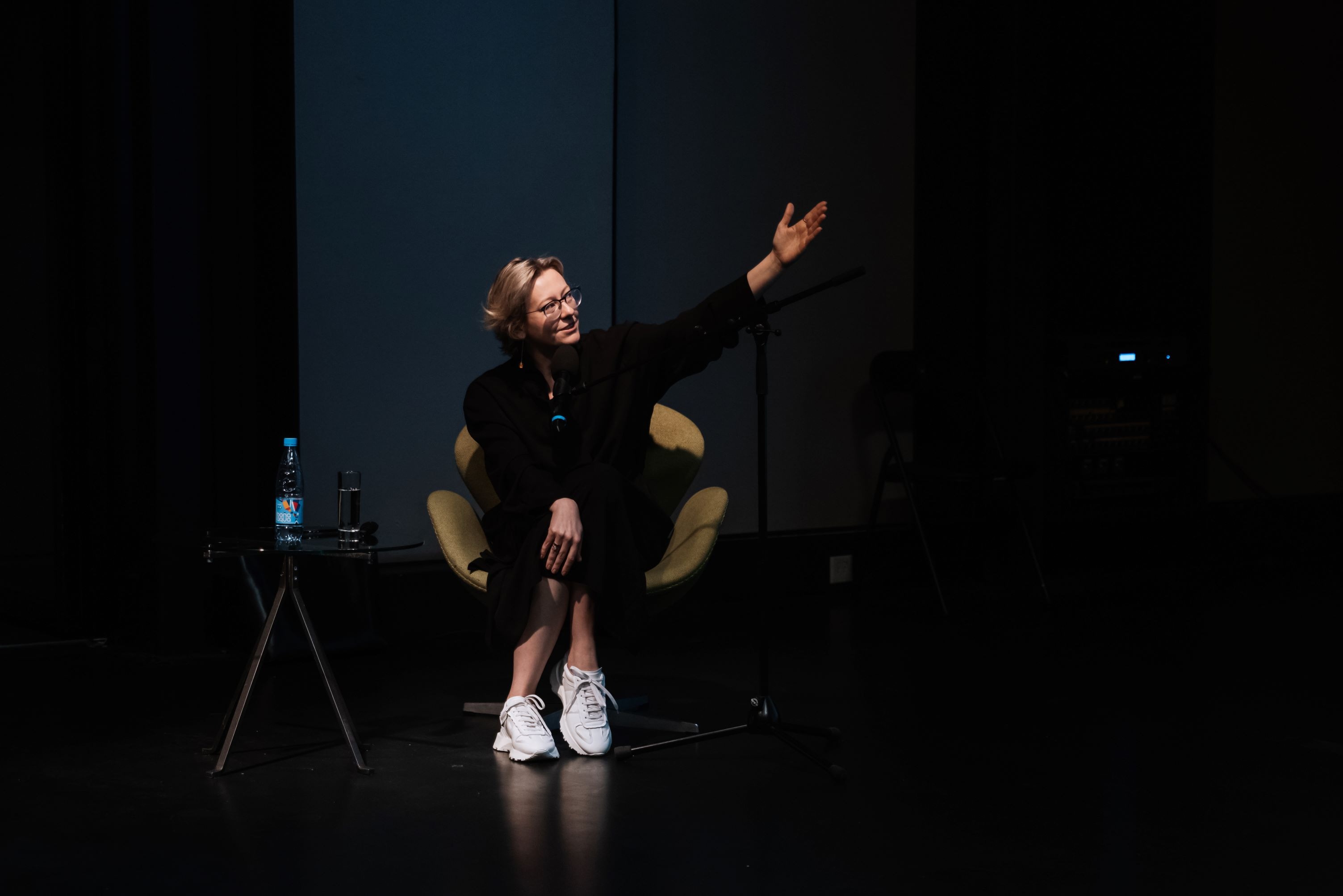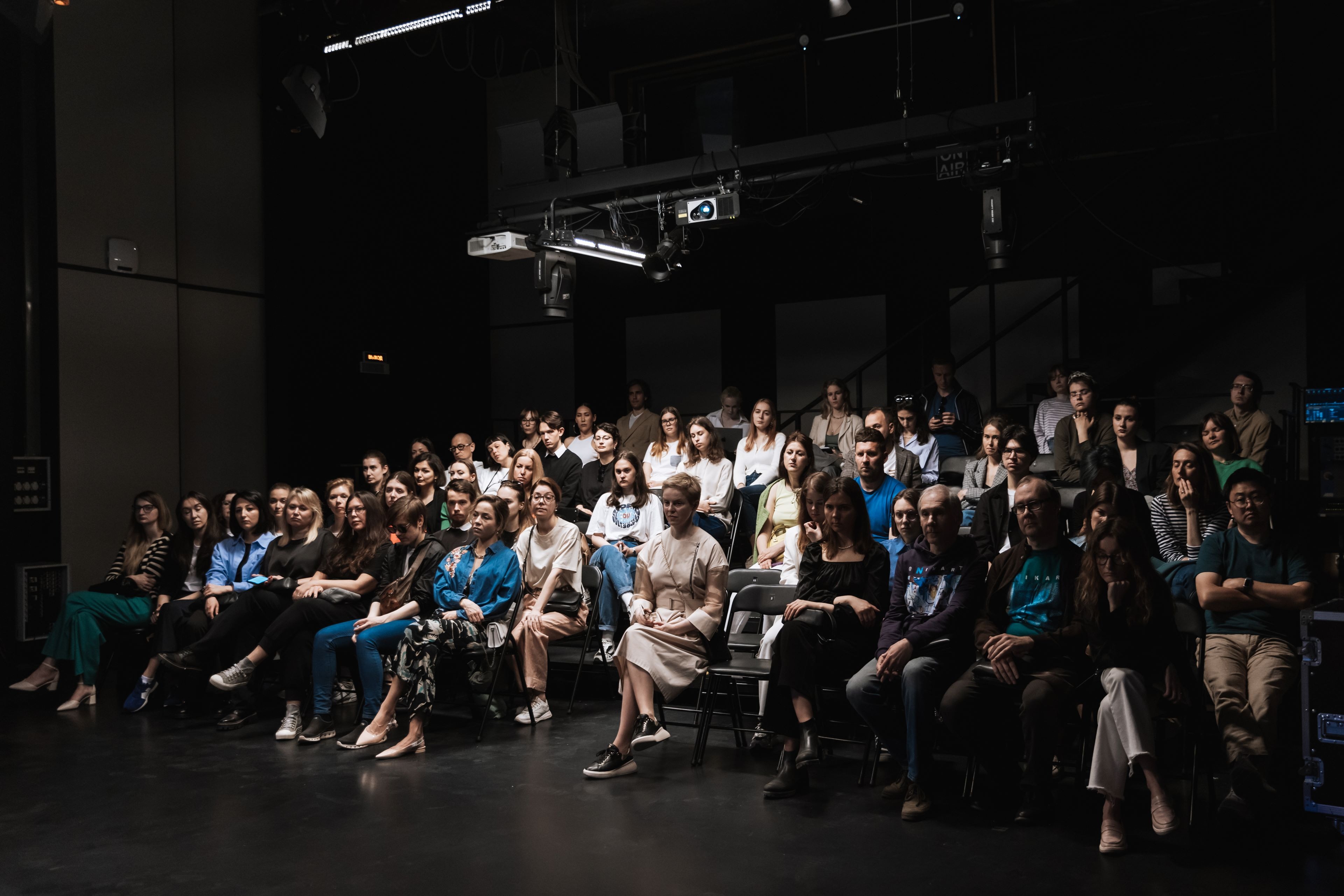Large-scale cultural projects and cities: things you should know
 All events
All events
Abstracts from Alisa Prudnikova’s address, program director of the V-A-C Foundation and the House of Culture GES-2, commissioner and artistic director of the Urals Industrial Biennale of Contemporary Art, for the annual lecture program of the 1703 Art Fair.

The power of local
Culture in general is very reflective of local nuances and authenticity. I think we often underestimate the power of going local in cultural design and get carried away by other ideas. ‘How cool would it be to do this or that,’ one might say. But will it come up like a flower from the ground? To what extent does coolness define the strength of the project’s roots? Will there be a compelling story to tell? These are some very important questions.
Residence programs turn the tide for cultural spaces
Since 2012, we've been developing a residency program. One of my favorite cities is Satka in the Chelyabinsk region, where Magnezit corporation is located. It's a small town of 40,000 people. In 2021, Vasily Kononov-Gredin's Garden of Stones, an installation consisting of 250 mirrors, appeared in the quarry there. And now the quarry has turned into an art park. All Satka locals go there for leisure. Now, the fact that art has been accepted by the people on whose land it stood, is of real importance. One residency project can turn the tide for the whole place.
Where to find inspiration?
Artist Leonid Tishkov once said: ‘Real art comes out of the gut.’ Which I think holds true for the Ural Industrial Biennale which sprouts from the gut, surfaces from a local, deep history. Due to this, it is robust, stable and harbors a lot of inner energy to persevere, change, and develop.

What is harder: to begin or to carry on?
A second iteration of a signature project is always more difficult to produce from all perspectives. It seems not daring enough as when you're doing something for the first time. It is like you’ve been there; you’ve done that.
The art of anticipation
An important detail about all large-scale undertakings: it’s better when a big project is not just a heavyweight that breaks its way to the news agenda, but when it’s a heavyweight with a sensitive nature and a highly developed intuition. We produced a theme of the 2021 Biennale in January 2020: ‘There’s time to embrace and evade embrace,’ and you know what happened in March 2020. We were all locked down. The audience sees that kind of anticipation, and starts trusting you more.

On the benefits of the Biennale format
The Biennale format allows you to say, ‘We don't want a large-scale project anymore, we don't want it. That's how we feel now. We are not entering the same river twice and we can afford not to." And that's so cool! The sheer fact that you can jump from one project to the next, without breaking promises to anyone, and to yourself.
Fear of imperfection
Another problem with a large-scale project is the fear of imperfection. When we nailed it at the Biennale in 2015, I thought, well, that's it, we'll never do better than this. It's a challenge to find something next to improve apart from growing in size. Later we came to realize that we tended to benchmark other endeavors to that one biennale.
When working on large-scale projects like the biennale, it's important to learn to ‘cut things off’ - and do it fearlessly. To go with the flow sometimes and stop worrying about certain things.


